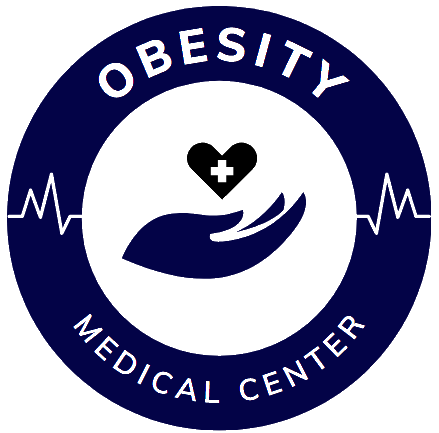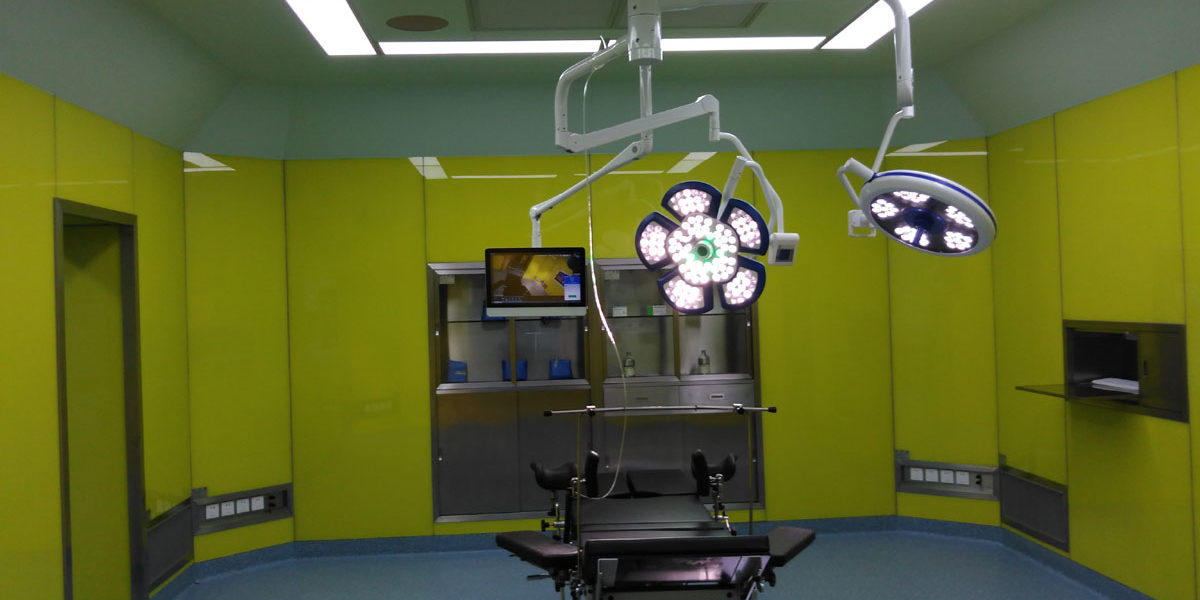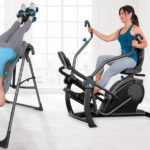Introduction
Operating theaters (OTs) are highly specialized environments where complex surgical procedures take place. To ensure the highest level of patient care, OTs require a wide range of specialized equipment. This article explores the essential OT equipment used in surgical settings, highlighting their importance in providing optimal patient care.
1. The Importance of OT Equipment
1.1 Ensuring Surgical Precision
OT equipment plays a crucial role in maintaining surgical precision. Surgical instruments such as scalpels, forceps, and retractors are designed to provide precise control and manipulation during procedures. Cutting-edge technology and ergonomic designs allow surgeons to perform intricate maneuvers with accuracy, ensuring optimal surgical outcomes.
1.2 Enhancing Patient Safety
Patient safety is paramount in any surgical setting. OT equipment, including anesthesia machines, monitoring devices, and safety systems, help safeguard patient well-being. These tools ensure precise administration and monitoring of anesthesia, accurate vital signs monitoring, and the detection of any potential complications during surgery.
1.3 Facilitating Efficiency and Workflow
Efficient workflow is essential in the fast-paced environment of an OT. Well-designed equipment, such as operating tables, positioning aids, and surgical lights, contribute to smooth surgical processes. Adjustable tables and aids provide optimal patient positioning, while high-quality lighting systems ensure clear visibility, minimizing the risk of errors and enhancing surgical efficiency.
2. Types of OT Equipment
2.1 Surgical Instruments
Surgical instruments encompass a vast array of tools used for various procedures. Examples include scalpels, forceps, retractors, clamps, and scissors. These instruments are made from durable materials and are designed for specific surgical tasks. The use of high-quality instruments enhances precision and reduces the risk of complications.
2.2 Anesthesia Machines and Monitoring Devices
Anesthesia machines are vital for administering anesthesia to patients during surgery. They deliver controlled amounts of gases or intravenous medications to ensure patient comfort and safety. Monitoring devices, such as ECG monitors, pulse oximeters, and capnographs, help anesthesiologists assess patient vitals throughout the surgical procedure.
2.3 Operating Tables and Positioning Aids
Operating tables and positioning aids provide a stable and adjustable platform for patients during surgery. These tools allow surgeons to position the patient optimally for the procedure, ensuring accessibility and comfort. Features like motorized adjustments, radiolucent tops, and trendelenburg positioning enhance surgical access and patient safety.
2.4 Surgical Lights and Lighting Systems
Proper illumination is essential for surgeons to perform procedures with precision and accuracy. Surgical lights provide bright, shadow-free lighting in the surgical field, improving visibility. Advanced lighting systems offer features like adjustable intensity, color temperature control, and focused lighting, enabling surgeons to work efficiently and reducing eye strain.
2.5 Electrosurgical Units
Electrosurgical units (ESUs) are used for cutting, coagulating, and cauterizing tissues during surgery. These devices deliver controlled electrical energy to achieve precise tissue dissection and hemostasis. ESUs come with various modes and settings, allowing surgeons to tailor the energy delivery to specific surgical requirements.
3. Choosing the Right OT Equipment
3.1 Consider Surgical Specialties and Procedures
Different surgical specialties and procedures have unique equipment requirements. Consider the specific needs of your OT, such as neurosurgery, orthopedics, or cardiovascular procedures, when selecting equipment. Ensure that the equipment you choose is suitable for the procedures performed in your OT.
3.2 Quality and Reliability
Opt for OT equipment from reputable manufacturers known for their quality and reliability. Investing in high-quality equipment minimizes the risk of malfunctions and ensures durability, reducing the need for frequent replacements.
3.3 Compatibility and Integration
Ensure that the equipment you choose is compatible with existing systems and technologies in your OT. Integration with other equipment and electronic medical record systems can streamline workflows and enhance data management.
3.4 Maintenance and Support
Consider the availability of maintenance services and technical support from the equipment manufacturer. Regular maintenance, inspections, and prompt repairs are crucial to keep OT equipment functioning optimally. Choose equipment from manufacturers with a strong support system to ensure minimal downtime and quick resolution of any issues.
4. Maintaining OT Equipment
4.1 Regular Inspections and Testing
Implement a proactive maintenance schedule that includes regular inspections and testing of OT equipment. This ensures early detection of any faults or malfunctions, allowing for timely repairs or replacements. Follow the manufacturer’s guidelines for maintenance and testing procedures.
4.2 Proper Cleaning and Sterilization
Maintaining a sterile environment in the OT is essential for infection control. Follow strict protocols for cleaning and sterilizing OT equipment after each use. Adhere to the recommended cleaning agents and techniques to prevent damage to sensitive equipment components.
4.3 Staff Training and Education
Provide comprehensive training to OT staff on the proper use and maintenance of equipment. Educate them on cleaning protocols, troubleshooting common issues, and recognizing signs of equipment malfunction. Well-trained staff can contribute to the longevity and optimal functioning of OT equipment.
4.4 Collaboration with Equipment Manufacturers
Establish a collaborative relationship with equipment manufacturers. Attend training sessions and workshops provided by manufacturers to stay updated on equipment advancements and maintenance best practices. Engaging with manufacturers can also facilitate prompt support and access to spare parts when needed.
5. Conclusion
OT equipment plays a vital role in ensuring surgical precision, enhancing patient safety, and facilitating efficient workflows in operating theaters. Choosing the right equipment, maintaining it properly, and training OT staff on its usage are crucial for optimal patient care. By prioritizing quality, compatibility, and maintenance, healthcare facilities can provide the highest standard of care in their OTs.
FAQs (Frequently Asked Questions)
- How often should OT equipment be inspected?
- OT equipment should undergo regular inspections according to the manufacturer’s recommendations. Typically, inspections are conducted annually or semi-annually, depending on the equipment type.
- Can OT equipment be used across different surgical specialties?
- Some OT equipment, such as surgical instruments and lighting systems, can be used across different surgical specialties. However, specialized equipment tailored to specific procedures may be required in certain cases.
- Are there any specific guidelines for cleaning and sterilizing OT equipment?
- Yes, each piece of OT equipment has specific cleaning and sterilization guidelines provided by the manufacturer. It is essential to follow these guidelines strictly to maintain a sterile environment and prevent equipment damage.
- What should I do if I encounter equipment malfunctions during surgery?
- In case of equipment malfunctions during surgery, inform the surgical team immediately. Follow established protocols for troubleshooting or switching to backup equipment, if available. Contact technical support or the equipment manufacturer for further assistance.
- How often should OT staff undergo training on equipment usage and maintenance?
- OT staff should receive initial training on equipment usage and maintenance and undergo periodic refresher training sessions. The frequency of refresher training depends on the complexity of the equipment and any updates or advancements introduced by the manufacturer.



